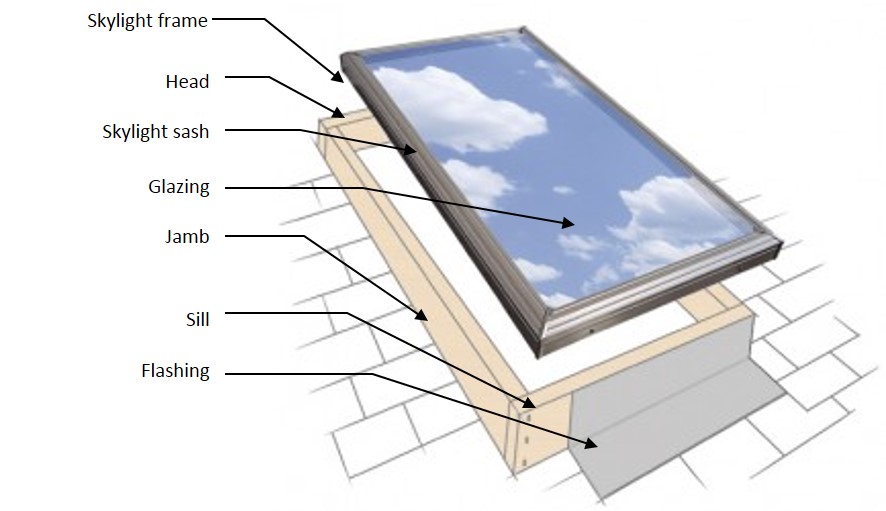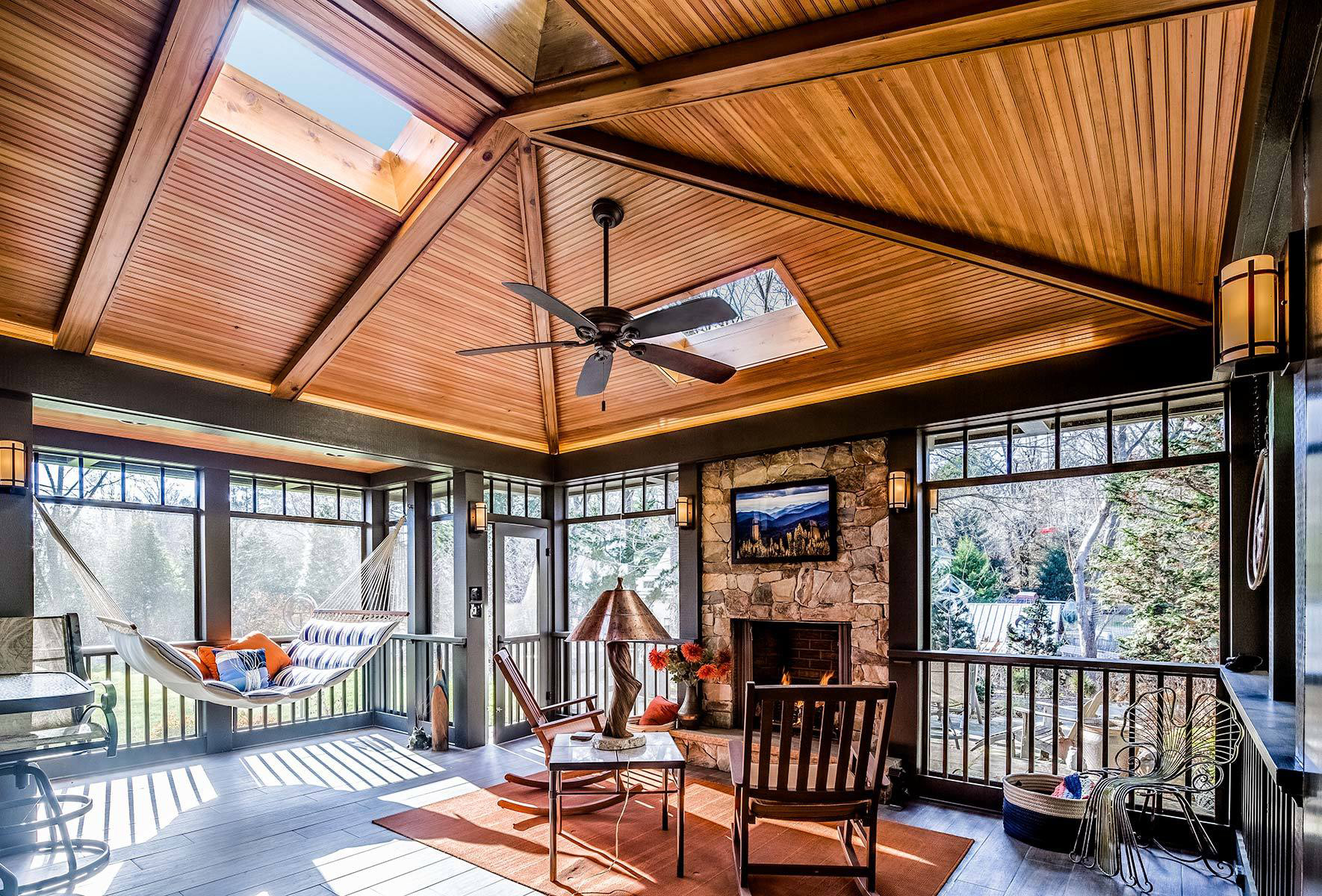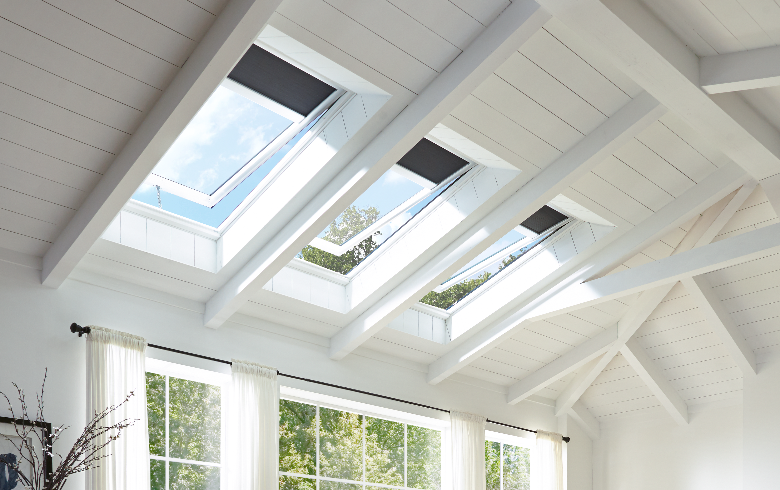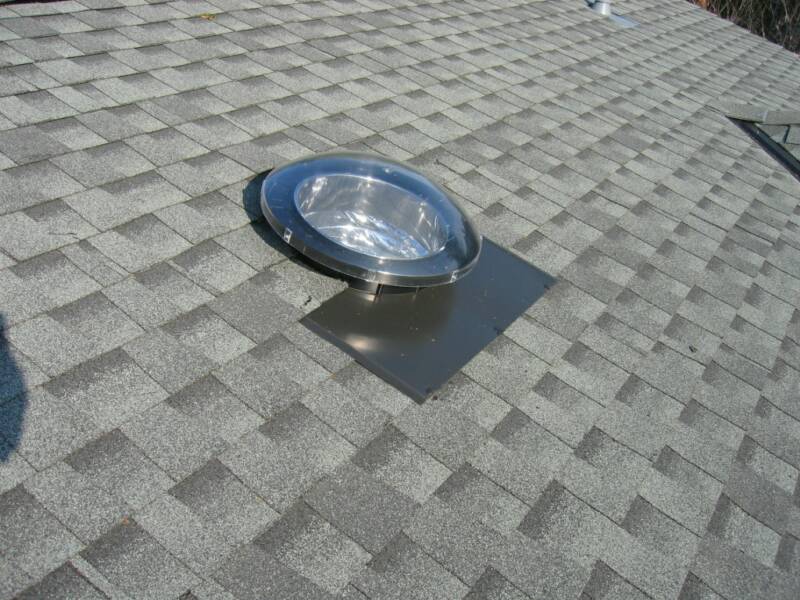Skylight Frame
Skylight Frame is a digital photo frame that allows you to email photos directly to it. This makes it super easy to display your favorite memories and show off your family to guests.
The skylight frame is a little more expensive than some of the other digital frames on the market, but it does come with a few extra features. Its main limitation is that it requires a subscription to use many core features, which can be a deal breaker for some people.

How do you frame a skylight on a roof?
A skylight is a window that can be placed on the roof of a house. These roof windows can provide up to five times more light than a sidewall window and plenty of natural light in an interior room.
Framing a skylight is not difficult. However, it can be complicated if you are retrofitting a house with an existing skylight or building a new home and have to add a skylight to the plans. It is important to consider all of the obstacles that can affect the framing, such as heating ducts and wiring. Step by step here are general instructions for framing a skylight:
Step 1
First, decide where you want the skylight to be. It should be centered in the room and about half as high as the ceiling height. This is important because it will affect the amount of light that can enter your home.
Step 2
Next, determine the location of the rafters and ceiling joists. Depending on the size of your skylight, you may need to cut one or both rafters; some skylights are designed to fit between 16″ and 24″ rafters without cutting them (refer to the manufacturer’s instructions for exact measurements).
Step 3
Once you have determined the location of the rafters and ceiling, mark a point on each rafter. Then, realign the rafters and ceiling to align with the mark. You can do this by using a T-bevel, which will make sure that the joists and rafters are parallel to each other.
Step 4
Then, cut 2×4 studs for the corners of the light shaft, angled on each end to fit flush against the rafters and ceiling joists. These studs are then nailed into the existing framing to form the light shaft wall.
Step 4
Typically, the light shaft is insulated like an interior wall and finished on the inside with drywall or other material. This is to protect the inside of the skylight from heat loss and air infiltration.
When insulating the inside of the light shaft, be sure to use either rigid or batt insulation. You should also wrap the entire inside of the shaft with a layer of roofing felt to prevent leaks.
The most common types of skylights are Fixed Skylights
Skylights can open up dark rooms and provide a natural source of light. They can also increase energy efficiency, reduce lighting costs and improve the value of your home (or business).
Fixed Skylights are typically framed with tempered glass or plastic in single, double or triple-pane units. They also come with a variety of tints, coatings and shades. These options can help prevent condensation and UV rays from damaging furniture and flooring.

These units are ideal for roofs of a low pitch and can be installed on any size space. They can be made of a variety of materials, including wood, aluminum or vinyl.
In addition to providing additional natural light, a skylight can make a space appear larger. They can also make dark rooms more vibrant and offer ventilation options for humid spaces, such as bathrooms and kitchens.
Depending on the size and shape of the skylight, they can add a unique aesthetic element to your home or business. For example, straddle skylights are two-pitched and placed to straddle the peak of your roof, while polygon skylights can be designed in an octagon, hexagon or other specialty shape to create dramatic visual impact.
These skylights usually have a frame that is sealed in the factory and do not open, much like residential picture windows or office building doors. This helps to keep them safe and clean, reducing maintenance costs.
The lack of openings also makes them easier to install in hard-to-reach areas. This type of skylight is best suited for lobbies, entry ways and other large spaces where you need additional natural light.
Vented Skylights are similar to Fixed Skylights, but they can be opened electrically or manually for better ventilation. They can also be customized to match your building’s design and style.
While vented skylights can be a good choice for some types of roofing, they do not perform as well as fixed or tubular skylights. They can cause air leaks if not properly installed or maintained. They can also lose heat in winter and allow hot air into a room in summer.
Vented Skylights
Vented skylights are a great option for homeowners who want to increase the amount of light in their homes. They are also helpful for bringing in fresh air and allowing excess moisture to escape from kitchens and bathrooms.
There are a few different types of vented skylights that you can choose from, including manual and electrically operated venting units. You can also find models that are solar powered and have rain sensors that automatically close the skylight at the first sign of rainfall.
Generally, these are more expensive than fixed skylights, but they offer a lot of benefits and can be very useful for improving ventilation in your home. Some models even have a built-in humidifier that helps to eliminate stale and musty smells in the air.
Another important reason to consider venting skylights is that they can help you save money on energy costs. Because they open and close manually, you can raise and lower them to make the most of your lighting while also increasing ventilation in your home.

However, you should also be aware that vented skylights are more prone to leaks and condensation than their fixed counterparts. They may also be more difficult to open and close, so they are not recommended for people who aren’t comfortable with these tasks.
One of the most popular vented skylights is VELUX’s “Fresh Air” model, which is solar-powered and has an acoustic rain sensor that shuts the skylight down when it starts to rain. This can be very convenient, especially for people who live in an area that experiences a lot of rain.
The VELUX “Fresh Air” model is the best choice for anyone who wants to take advantage of the benefits of natural ventilation without a fan or air compressor. In addition to the solar power and rain sensor, this model also has a durable plastic dome that covers the opening of the skylight to prevent any possible moisture issues from occurring.
Another common feature of vented skylights is that they can be installed in a way that allows them to be opened and closed from anywhere within your home with the use of a smartphone. This can be very convenient for those who travel often and are not always at home.
Tubular Skylights
When you’re searching for a way to bring more natural light into a dark room, consider installing a tubular skylight or sun tunnel. These daylighting devices can be easily adapted to fit a variety of roof styles and have the added benefit of energy efficiency.
The dome of a tubular skylight captures the sun’s rays and then reflects them into a reflective tube that travels to a fixture in the ceiling. This device can be used in bedrooms, kitchens, laundry rooms and more to brighten spaces without compromising the home’s insulating ability.
A tubular skylight is typically less expensive than a traditional skylight and offers an alternative to roof reframing. It also is less likely to cause a leak or damage your roof shingles.

One of the most popular brands is Solatube International, which has developed a Smart LED technology that combines natural lighting with LED lights. This innovative solution automatically dims the light output when too much light is available, and energizes LEDs when night falls to provide an excellent blend of natural and energy-efficient light.
Unlike traditional skylights, which shift in brightness with the sun’s movement, Solatube products are consistent and efficient. These energy-efficient fixtures allow more light to enter the home throughout the day and are designed to be flexible enough to reach spaces as long as 40 feet.
They also feature a motorized baffle that allows the system to control how much natural light is delivered. This feature, along with other options like ventilation, dimming, and nighttime lighting, can help you save money on your electric bill and reduce fading of clothing and furniture.
This technology has earned the company a LightFair Innovation Award and is Energy Star rated, which means that it can cut your electricity bills while helping to reduce your carbon footprint. Moreover, it qualifies for a 30% federal tax credit.
The most important thing to remember when shopping for a tubular skylight is to make sure it provides a full spectrum of light and that it is rated for heat gain and energy efficiency. Look for a product that is compatible with your roof style and manufactured with built-in, leak-preventing flashing. Consider speaking to a licensed skylights professional if you have any further questions.

